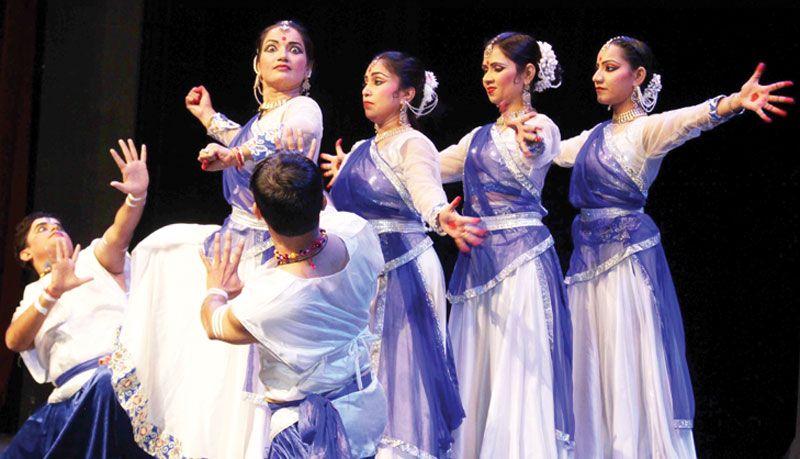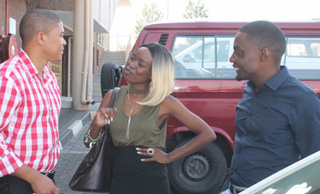
Colourful Indian culture fosters stronger bilateral ties

During the India Week which ran last week and into the weekend, Namibians had the opportunity to experience first-hand the diversity and the depth of Indian culture.
The High Commission’s Cultural Centre organized several activities including classes on Indian cuisine and henna, and sessions on yoga and meditation. Some popular Bollywood movies were also screened. The classes on Indian cuisine were very popular and the participants got to learn the intricacies of making some simple Indian dishes, such as samosas, gulab jamun, chapati, tea, and of course the popular chicken curry.
The crowning jewel of the ‘India Week’ celebrations was an Indian classical dance troupe which performed at the National Theatre last Friday and in Swakopmund on Sunday. The troupe also hosted a dance workshop at the College of the Arts in Windhoek on Saturday. The final event was a lecture at the Culture Centre on Monday 24 October.
The Namibian Prime Minister, the Right Honourable Saara Kuugongelwa-Amadhila inaugurated the dance performance at the National Theatre where she welcomed the Indian dance troupe to Namibia, highlighting the importantance of cultural exchange to promote people- to- people contact and to strengthen the ties between India and Namibia.
The Indian classical dance troupe consisted of six dancers led by Ms. Purnima Roy Chowdhury, one of the fine young exponents of ‘Kathak’ -a popular dance form of India. Apart from Kathak, Ms. Roy Chowdhury is also trained in several other dance forms such as folk and Chhau. In India, she has been a regular performer at Delhi’s prestigious Shri Ram Bhartiya Kala Kendra. She is also an experienced choreographer.
The Kathak dance of North India is said to have evolved from an ancient story telling tradition. The performer narrates myth and religious poetry using subtle hand gestures and facial expressions. Kathak –literally means ‘story’ in Hindi. It became a full-fledged hereditary art as it evolved over hundreds of years. It is characterized by brilliant footwork and rapid spins and pirouettes.
The visit of the Indian dance troupe to Namibia took place under the bilateral Cultural Agreement.










































